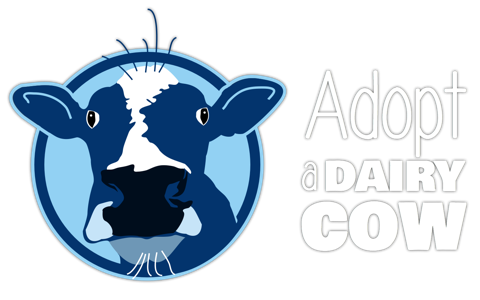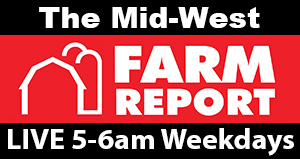
UPDATED NUMBERS: In an exclusive conversation with Pam Jahnke, Dan Smith, administrator for the Agriculture Resource Management Division of DATCP clarified how many Wisconsin dairies are actually involved in the Grassland Dairy divide. Smith tells the WI Farm Report that as of Wednesday they’d received clarification that 58 total Wisconsin dairies were released by Grassland Dairy earlier this month. Previous estimates had put that number between 70-75. Smith also told Pam Jahnke that they’ve been notified there’s still about 48 dairies that are searching for a milk home – amounting to about 500,000 pounds of milk produced each day that needs a destination as of May 1st.
So – what can consumers do to try and assist?
Wisconsin residents have reached out to Secretary Brancel to express concern and to ask how they can help. Here are suggestions from Secretary Brancel and the impacted families:
- Buy Wisconsin dairy products, which helps provide a market for the milk produced by our hard-working dairy families.
- Donate Wisconsin dairy products to a local food bank. The impacted dairy families ask that you buy and donate five products.
- Donate to the Great American Milk Drive, which provides vouchers to needy families for purchase of milk. Vouchers are distributed throughout Wisconsin through Feeding America/Second Harvest infrastructure. Donate online https://milklife.com/give
Kris Tazelaar from the Second Harvest Food Bank in Madison has also been fielding calls from their industry partners and consumers on what they can do to assist. Tazelaar tells Pam Jahnke that they’re willing to try and work with any processor that wants to help channel supplies of dairy products into the hands of people that don’t normally get dairy. He also suggests donating. Tazelaar says that they have a specific “Adopt A Dairy Cow” program that allows people to donate to a “reserved fund” that holds donations that will only purchase Wisconsin dairy goods. www.givedairy.com allows people to pledge a cows production for a day, a week, a month – whatever denomination you’re comfortable with.
